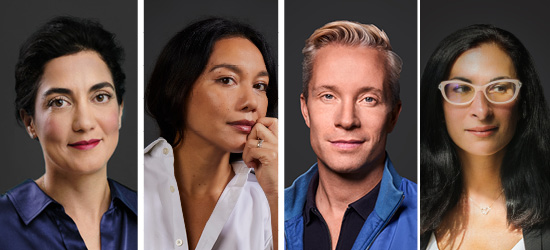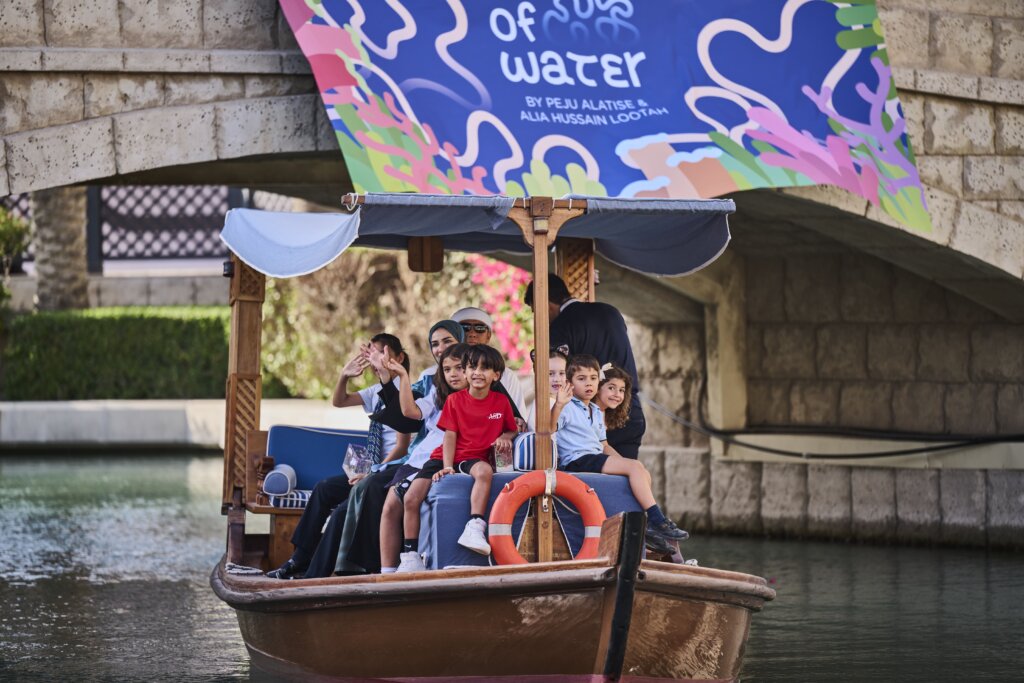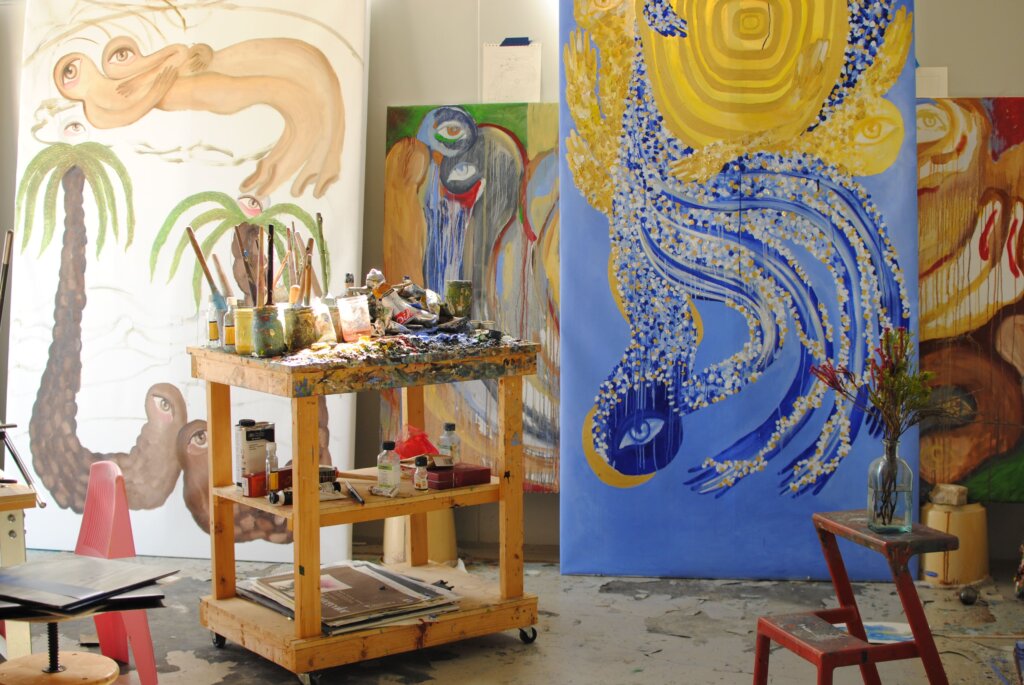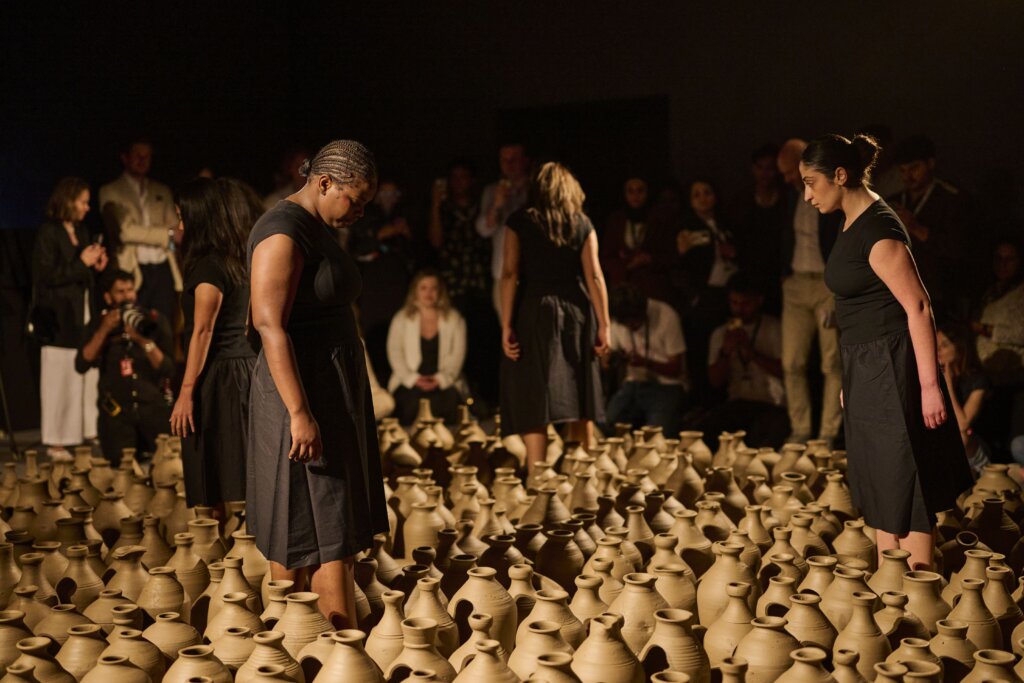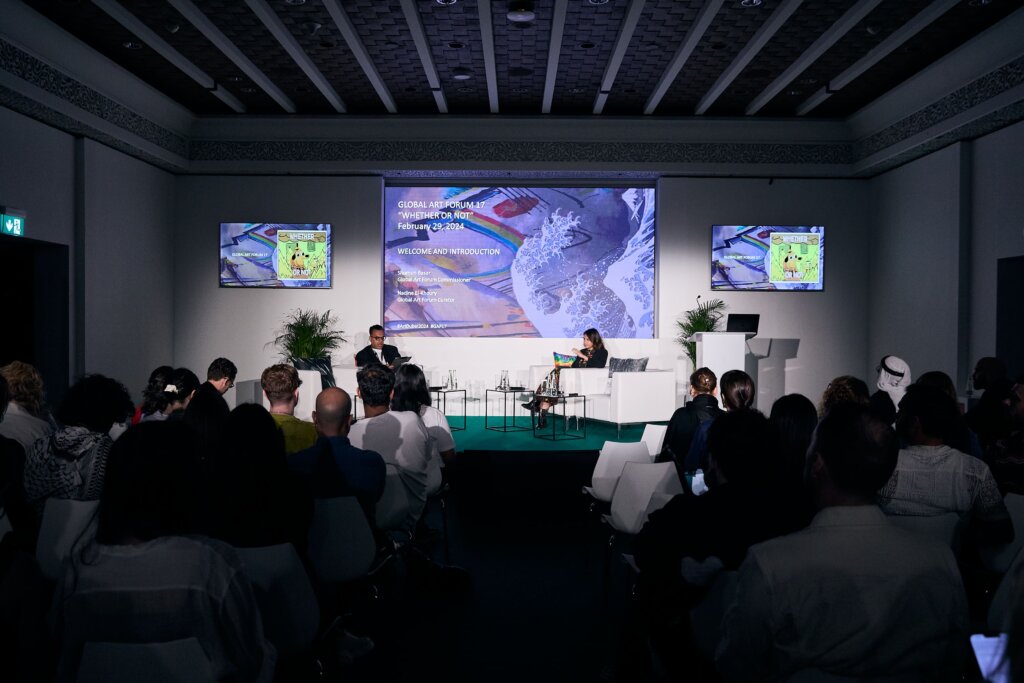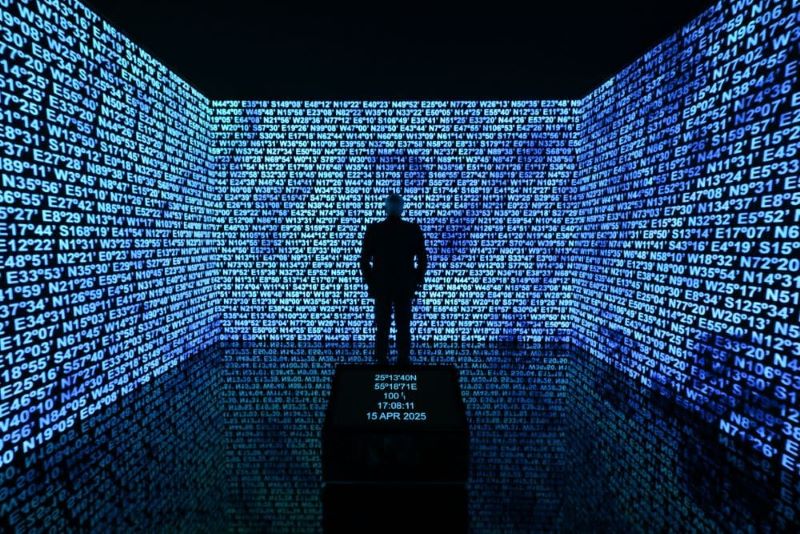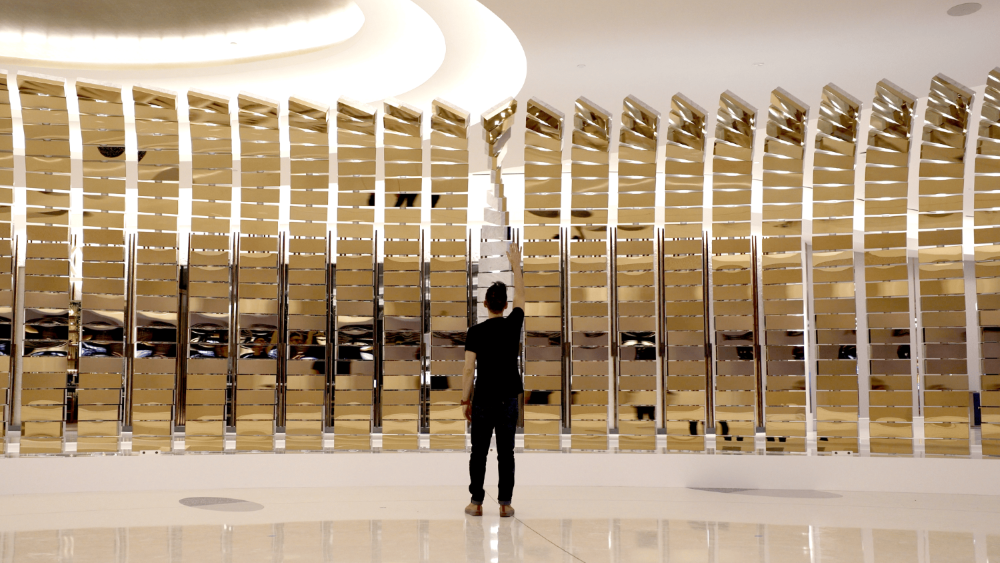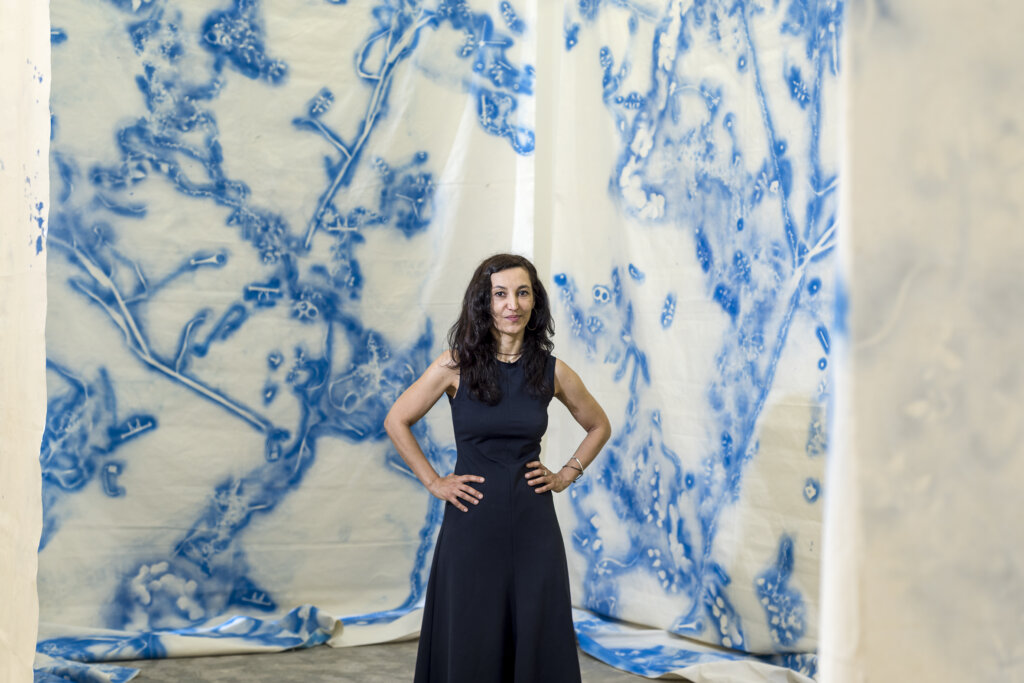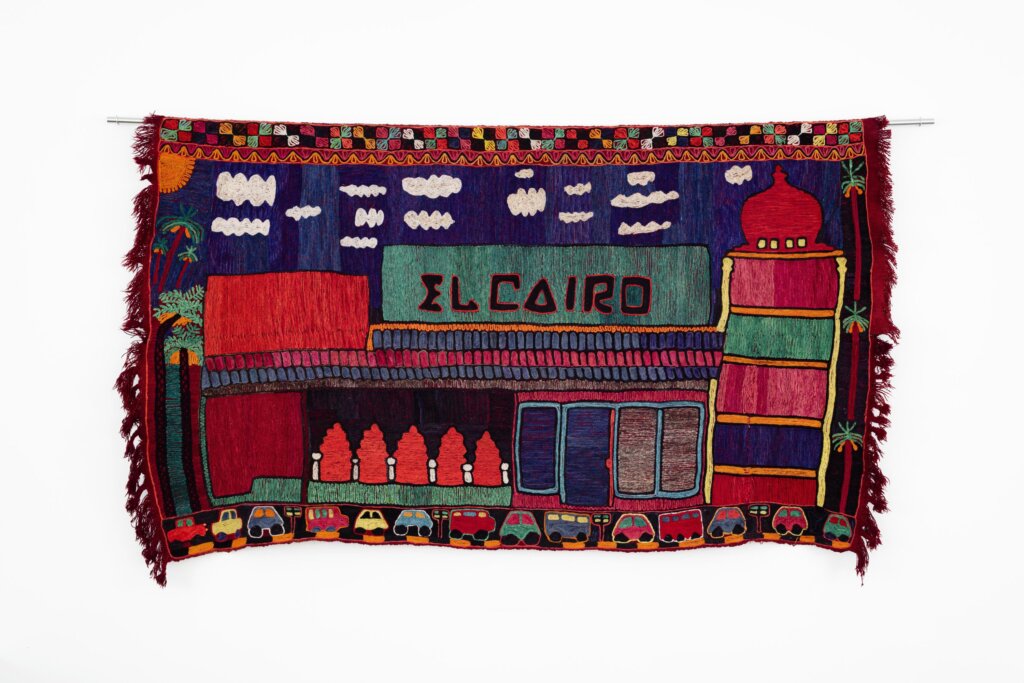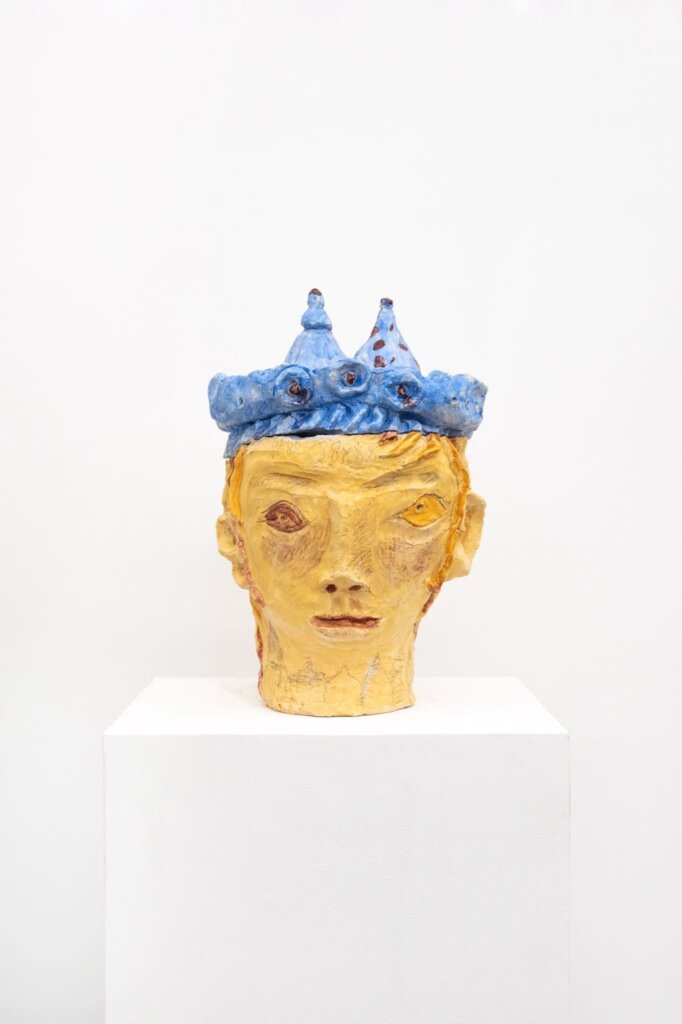Ayman Zedani is a Saudi-born conceptual artist and the first winner of the newly established Ithra Art Prize, an initiative by The King Abdulaziz Center for World Culture. As part of the Center’s collaboration with Art Dubai 2018, Zedani exhibited his award-winning installation for UAE audiences to explore during the course of the fair. To learn more about Zedani and his artistic practice, we conducted an interview with him, discussing his artistic influences, views on Saudi Arabia’s cultural development, and largest installation to date, ‘Mēm.’
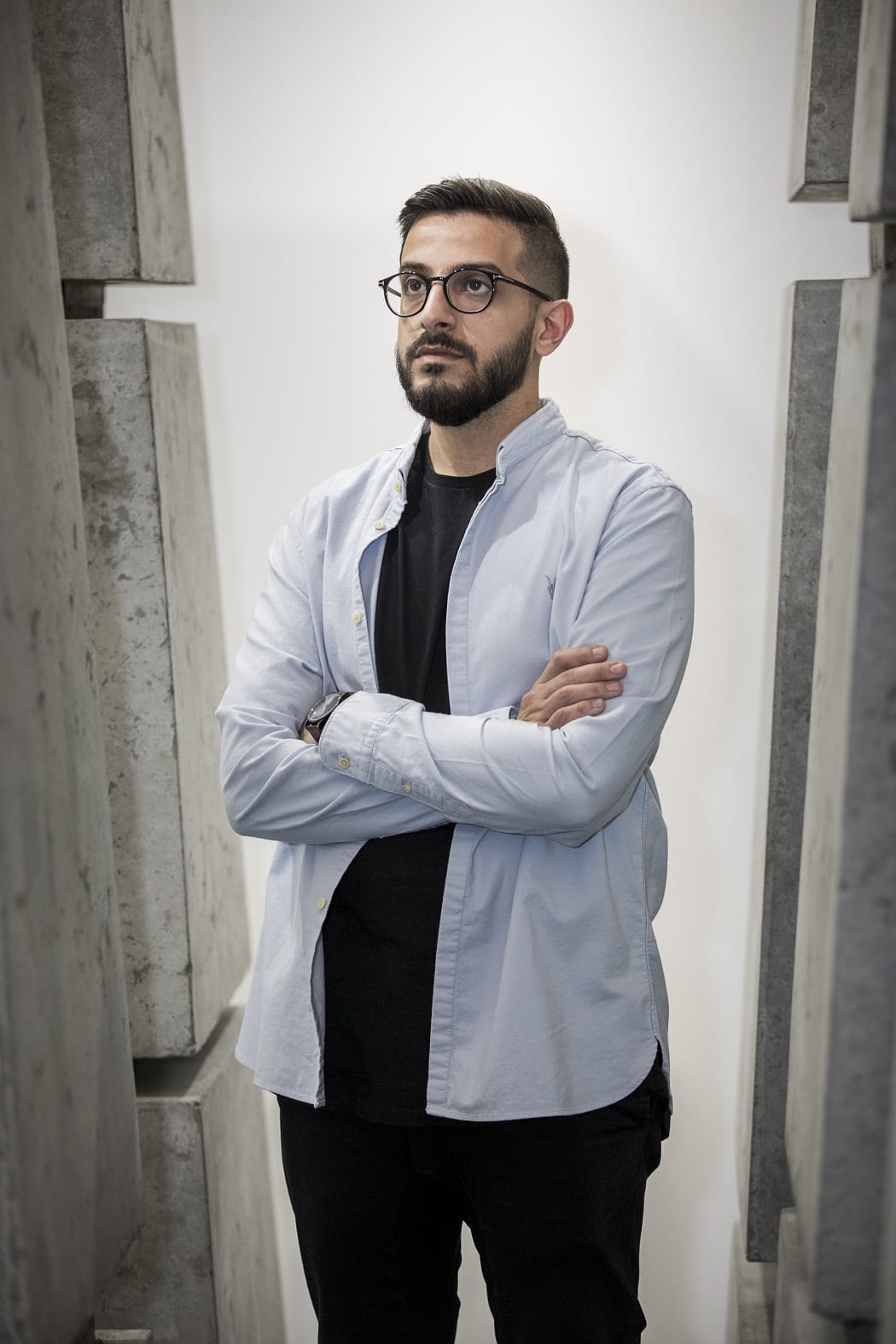
Artist Portrait. Courtsey of Art Dubai. Photo by Photo Solutions.
1. We have just wrapped up the 12th edition of Art Dubai, where your award-winning work ‘Meem (Mem)’ was displayed for the UAE public to explore. What was it like preparing this installation?
Mēm was the largest project I’ve worked on and without the cooperation of all parties involved especially with the amount of time we had, it couldn’t be possible.
2. You are the first recipient of the Ithra Art Prize, which was inaugurated in Saudi Arabia in 2017. How do you feel about being represented by an entity that has a central vision of promoting and supporting Saudi contemporary art?
Winning the first Ithra Art Prize, I knew I had to deliver something monumental and I had to set the tone for it. Also, I felt the responsibility to do so not only as an artist but as part of the team.
3. As a Saudi-born artist, we are curious to hear your thoughts on the recent cultural development that is occurring in Saudi Arabia. Could you share your thoughts and discuss what more do you believe could be done to support Saudi contemporary art?
The Saudi art scene has been in the making for many years now and with the recent cultural development, it has been exposed to more people and gave them the chance to see and experience its potential. In addition, I think there should be more international collaboration and exchange and I think that’s what can be done to support Saudi contemporary art.
4. For those who are being introduced for the first time to your work, how would you describe the kind of work you create and the themes you aspire to explore?
I am interested in experimentation with different media, the properties of unconventional materials, the concept of assemblage and how objects can offer different readings in logical and metaphysical interpretations.
5. Could you share some of your artistic influences? In other words, do you revisit past artists, theories, or even movements that eventually feed into your work?
I am mostly interested in scientific concepts and theories on the one hand, and Sufism and mysticism on the other. However, if I had to pick an art movement that seemed familiar to what I wanted to be as an artist, I would choose Arte Povera and Suprematism.
6. People might be surprised to learn that although you are a visual artist, you obtained an undergraduate degree in biomedical science. Has the experimental world of science influenced how you produce art?
Definitely. As I mentioned before, experimentation, scientific processes and the properties of unconventional materials is what drives the process of creation within my practice as an artist.
7. Let us look into the work you presented at Art Dubai: the title of your installation is ‘Meem’, which represents the letter ‘M’ in Arabic. Could you explain the reason why you chose this brief yet curious title?
The installation has 4 different groups and each of these groups has 4 subgroups that determine the properties of the two lines in each object vertically and horizontally. Also, Mēm in Arabic has a numerical value of 40 and it can be reduced to 4 which is the essence of the installation.
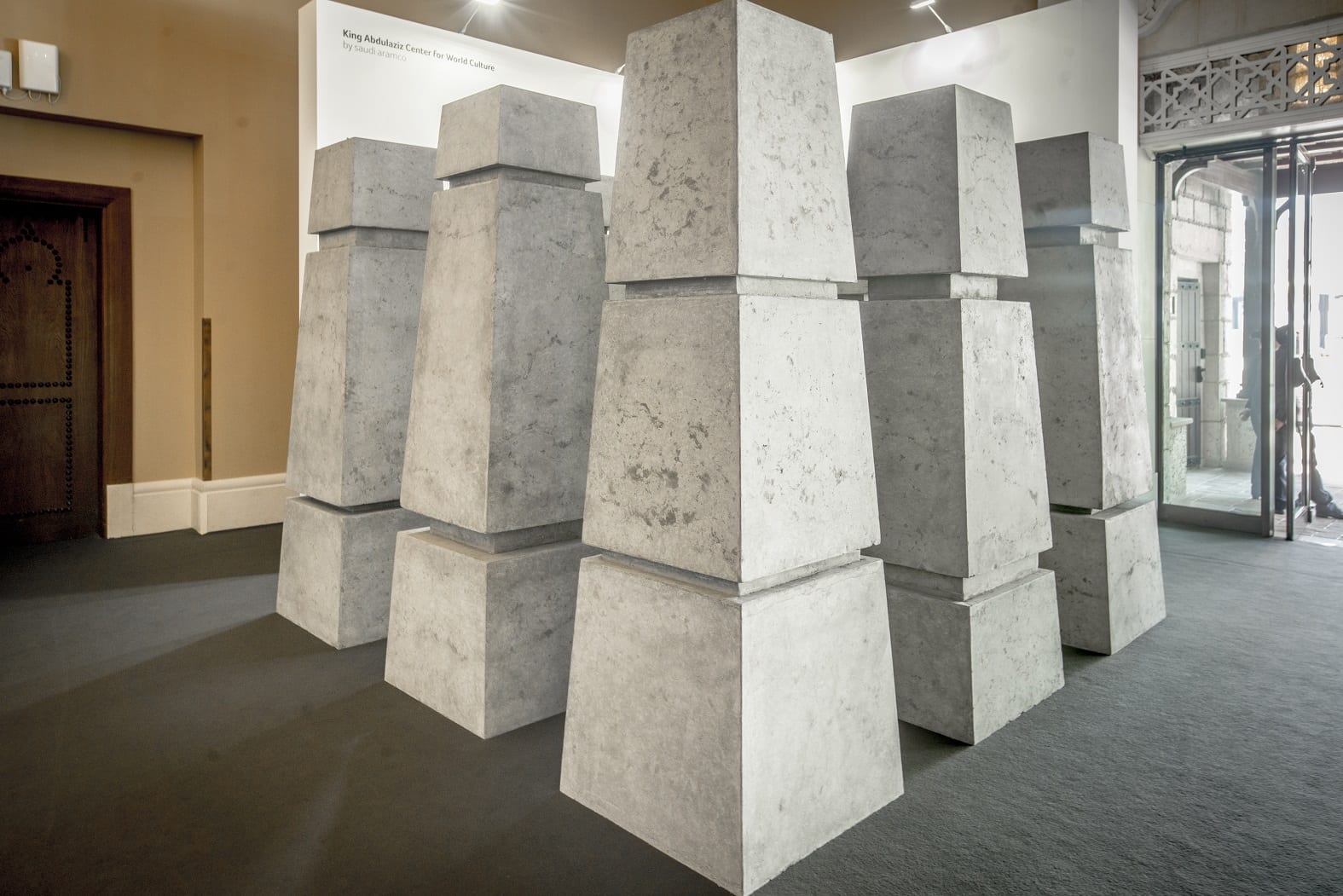
‘Meem’, by Ayman Zedani. Courtesy of Art Dubai. Photo by Photo Solutions.
8. A unique aspect about the Meem installation is that it is an interactive and approachable piece, where visitors can enter through the concrete pillars. What did you hope people would experience?
I was more interested in observing and learning what could people experience since this was the first time for people to encounter my work from within and I was really intrigued by how different people including kids dealt with the installation in different ways.
9. Going back to installing your work at Art Dubai, how did audiences respond to Meem?
The responses were different and diverse, from people who spent enough time to realize that each column is unique to kids hiding from their families inside.
10. Finally, artistically speaking, what is next for you?
I just got invited to be part of the next March Project at Sharjah Art Foundation and I have three other upcoming participations and shows as well as an art residency.




